Good evening dear virtual friends, how are you tonight? Here is a nice topic for writing, reading, and God forbid, playing. Enjoy :)

The roots of Tango dance
The exact origin of the tango is not known, since it is lost in myths or in unrecorded history.
However, the most common story is that tango was originally a dance of improvisation that combined the movements and rhythm of several earlier music and dance traditions and that it was a dance of the poor, more precisely a dance of the lower class.
Tango developed around 1870 thanks to a mix of diverse music by European immigrants, Africans and gauchos.
Namely, African slaves who were brought to Buenos Aires as labor were allowed to play their Candombé dance to the music of drums. Candombé eventually grew into a milonga and then into a tango. Also, immigrants from Cuba had an impact on the development of tango. They brought the habaner dance, which was later combined with the Spanish dance of contradanza and then with the polka.

Argentine cattlemen - gauchos also played a role in the development of tango. Namely, they organized payada - well-known competitions in improvisation of music on guitar and singing.
As for music, tango was originally played by only one musician on the accordion or guitar. Later, a trio was formed consisting of guitarist, violinist and flutist or clarinetist. The violin, guitar, flute and clarinet were used for easy transport, as it happened that the musicians played in several different locations during the evening.
These instruments were used until the advent of the piano, which was joined by the bandoneon, replacing the accordion, flute and clarinet. Bandoneon gave the tango a different sound, more precisely, the tango became more temperamental, serious and rhythmic with this melody. Also, through such melodies, tango has become a way of expressing deep emotions. Then the bass replaced the guitar, and so a new, modern tango orchestra was created, consisting of bandoneon, violin, piano and bass.
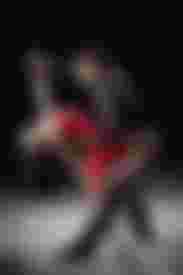
The golden age of tango
The period of the golden age of tango, as the Argentines call it, covers the period from 1920 to 1950, since then tango got its present form.
In the period from 1920 to 1930, tango spread around the world. Then tango was danced in movies, and tango singers traveled the world, and so began the development of the golden age of tango.
For Argentina, tango then became synonymous, and the country became one of the richest nations in the world, and music, poetry, and culture thrived.
It is safe to say that tango was a way of expressing Argentine culture.
The year 1935, which is characterized by composers Juan D’Arienzo and Rodolfo Biagi, is also important for the golden age of tango, because at that time they composed music that had a faster rhythm.
Thanks to that music, tango returned to its basic function, and that was music to play, not to listen to.
Also, in that period, some of the most famous tango compositions were created, and orchestras began to count more members, with a conductor, composer and professional singers.
Thanks to immigrants, tango also reached Europe, where it became very popular and was accepted by the higher strata of society.
For the acceptance of tango in Argentina, Paris also played a big role, considering that Paris was the center of the world at that time, and the Argentine aristocracy imitated the society in Paris. After the acceptance of tango by the French, soon Argentine families of all classes danced this dance.
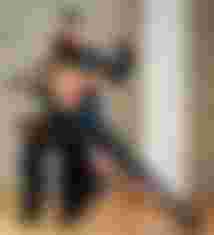
The gray age of the tango
Just as everything has its golden age, so does the gray age. The tango gray age began after 1955, when the Argentine government banned it because they thought it was played by girls in brothels.
Since that year, tango has been played in secret for a long time, more precisely in the underground, and large dance venues have been closed and mass gatherings banned. Tango then survived in lesser-known places, and of course in the hearts of players who did not give up on it.
As part of the underworld, tango was neglected at one point, as rock and roll music took over the scene. In 1980, tango again had reason to be grateful to Paris. That year, the musical Tango Argentino was held in Paris, and so Paris again became the starting point for the presentation of tango in the world.

Step by step tango
There are a number of styles in tango that have evolved along with the development of this dance. Some of the most famous tango styles are milonga, quebrada, creolo, orillero and tango arrabalero, canyengue, tango liso, salon tango, neo-tango and of course show tango or fantasia.
Milonga is one of the styles of Argentine tango, which is considered to be the forerunner of tango. It is a dance that characterizes physical contact, which was forbidden when dancing at the time when tango appeared. In fact, the milonga was a folk dance.
Creolo tango was also played by men with each other. For tango orillero and tango arrabalero, the steps were short and sharp with lots of dynamic embellishments. Another name for these two types of tango is "Tango from the outskirts of the city".
Tango canyengue is the only tango style that has been played outdoors from the beginning. Nuevo Tango or neo-tango is a style that developed around 2000, mainly in Europe and America.
All in all, tango is a dance whose styles have changed over the years, but what has remained unchanged is that tango has gained its world fame and that it is a dance that can be danced to any type of music, and that there are no limits to it...
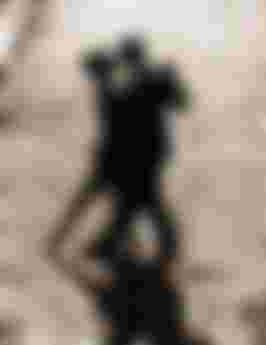
****************************************************************
In 2009, UNESCO included tango in the world cultural heritage.
****************************************************************
"Tango is the best expression of what poets often try to explain in words - the belief that struggle can be a celebration" - Jorge Luis Borges
****************************************************************
The most famous tango song is La cumparsita, composed in 1917 in Montevideo, which is today the official anthem of Uruguay.
****************************************************************
The most famous tango creators are singer, actor and guitarist Carlos Gardel and composer and bandeonist Astor Piazzolla.
****************************************************************
The images used in this post have been downloaded from the site: www.google.com
I hope you enjoyed reading this article. I wish you a nice rest of the evening. Enjoy. Regards to all @Jigglyspy

If you haven't read my new articles here are links to them:
The creator of children's fantasy
That is how the legends said goodbye to the world
Events that Serbia does not forget are shown in photographs
A man with a big heart / Covek velikog srca
Breastfeeding - good for the baby but also for mom / Dojenje - dobro za bebu ali i za mamu

...and you will also help the author collect more tips.
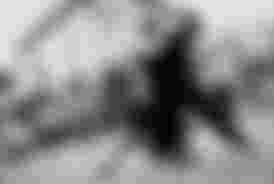
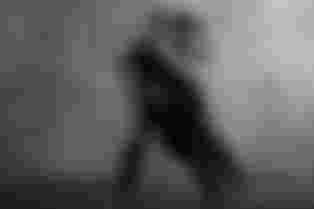
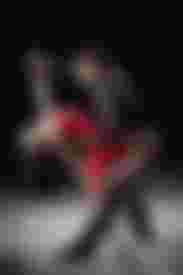
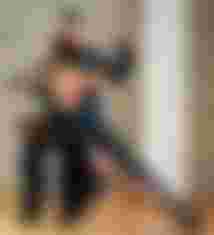
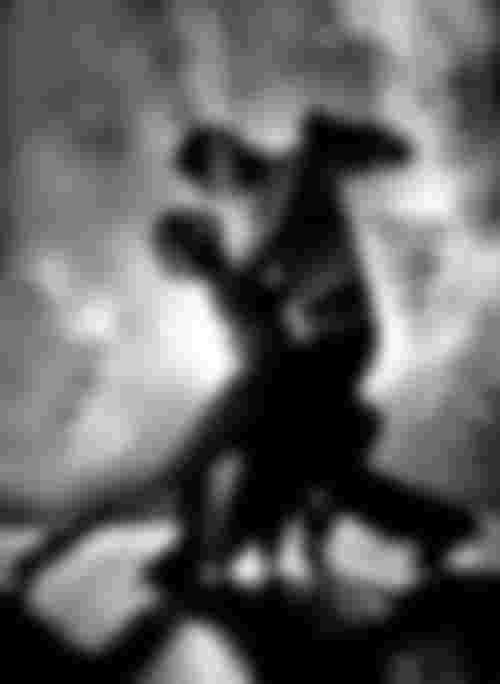
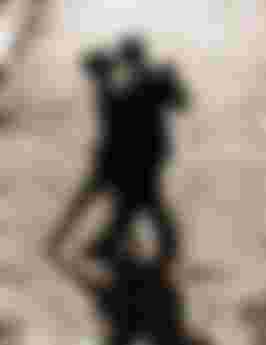

I like to watch tango but not dance.